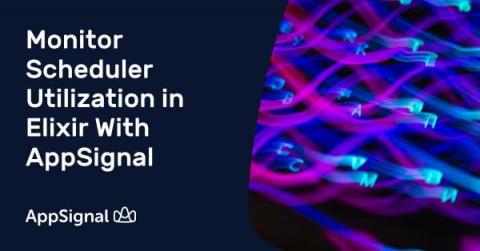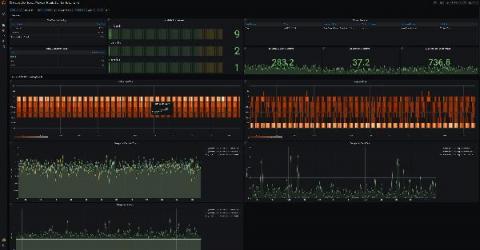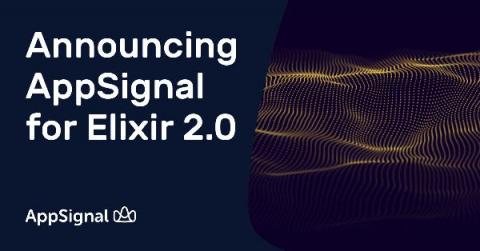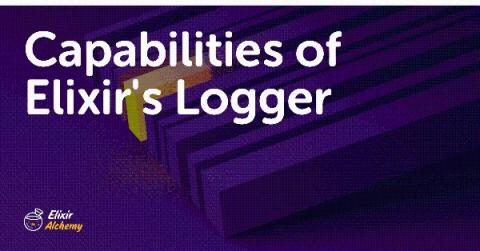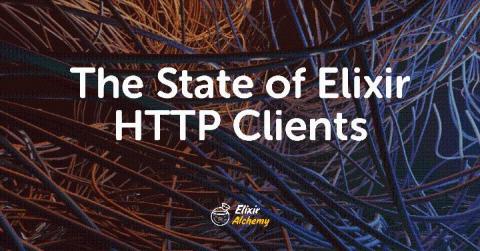Monitor Scheduler Utilization in Elixir With AppSignal
When it comes to monitoring your Elixir application, it's challenging to make sense of the many metrics and statistics that you can read from the internals of the Erlang virtual machine. In this post, we'll be looking at the scheduler utilization metric in order to understand what it is, why we should monitor it, and how to monitor it.


